
17 TIPS AND TRICKS FOR DRIVING IN SEVERE WEATHER
Severe weather of all kinds can cause many problems for anybody caught by surprise out on the road. Here are a number of tips and tricks that you can use in order to stay safe.
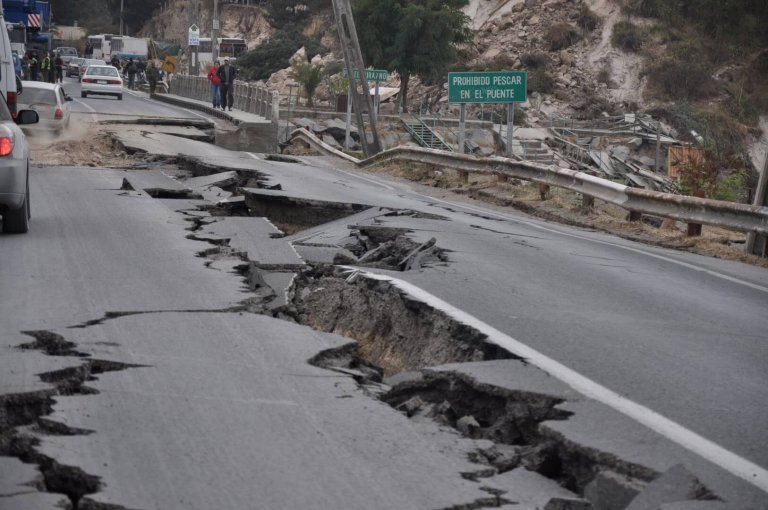
Earthquakes
- Movement of the ground while driving can disrupt the vehicle's ability to remain stable and grip the ground, so it is important to gradually slow down. Decreasing speed too quickly can further weaken the vehicle's grip and may increase the chances of collision, especially if other drivers are also having a difficult time controlling their vehicles.
- Earthquakes can cause structural damage that may lead to the collapse of buildings or items such as trees and power lines falling over, so it is important to remain in the open as much as possible. No structure should be assumed safe until it has been examined.

Flash Floods
- Flooding may occur as soon as a few minutes after a downpour begins, and can come unexpectedly. If there is significant water on the roadway (6+ inches), avoid driving into it. Water can hide depth, so even if it looks shallow enough to cross, it may not be safe.
- If possible, drive to higher ground and wait for the flooding to subside.
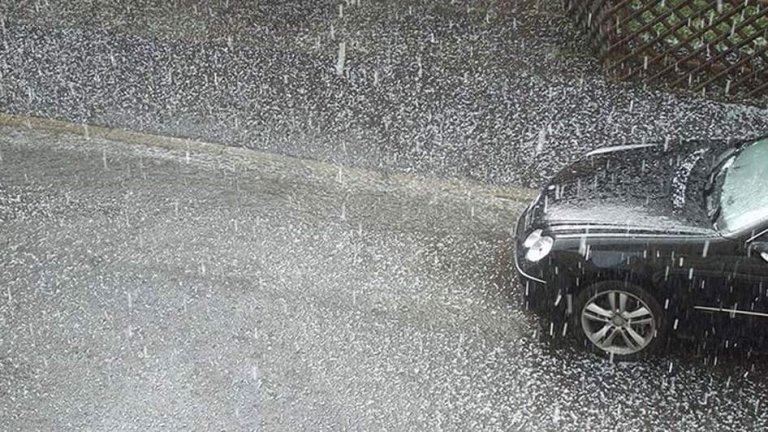
Hail Storms
- Trees are not safe during heavy hail, but buildings are. Drive under a shelter to help minimize damage to the vehicle; shelters include parking garages, overpasses, tunnels, and similar places.
- Set your headlights to low beams and drive slowly. Driving in hail is similar to driving in the rain, but the ice has a greater chance of causing damage (including smashing windows) and can be difficult to drive on, particularly when thick.
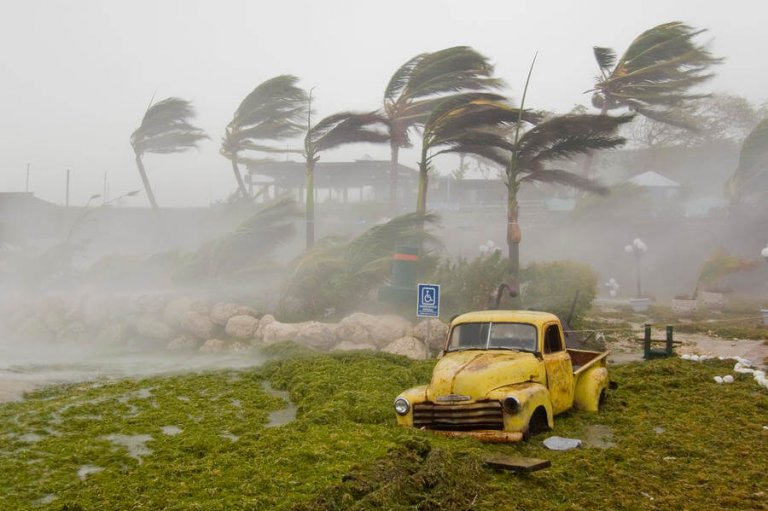
Extreme Winds
- Be aware that larger vehicles are more affected by the wind than smaller ones, and allow extra room around other vehicles. It may be difficult for drivers to maintain a straight heading; the winds may push them towards other lanes, and remaining close can significantly increase the chances of a collision.
- Much like earthquakes, is is often important to drive slower during high winds. Sudden changes in wind speed can cause you to over-correct your speed or heading, so drive slow to reduce the chance of swerving off the road or into another vehicle.
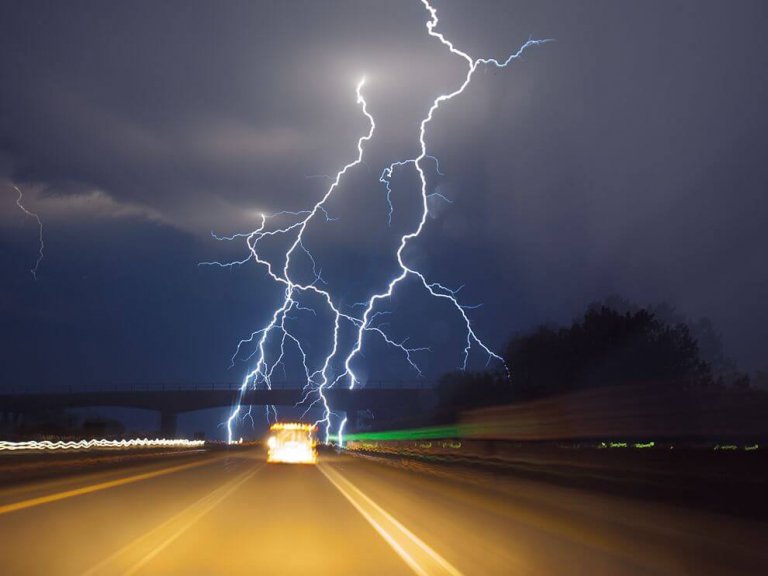
Thunder and Lightning
- Remember that flashes of lightning can blind you and make it difficult to see hazards. As with the winds that may accompany it, slowing down will help, and so will pulling to the side of the road and turning on the emergency flashers. This will help ensure that other drivers can see your vehicle.
- Furthermore, you should remain inside your vehicle and avoid touching metal. Cars are actually a very safe place to be during a thunderstorm, especially if parked, even if lightning hits the vehicle.
- Do not remain under trees. They can be struck by lightning and collapse on top of your vehicle; it is much safer to be in the open, even if there is a higher risk of the vehicle being struck by lightning.
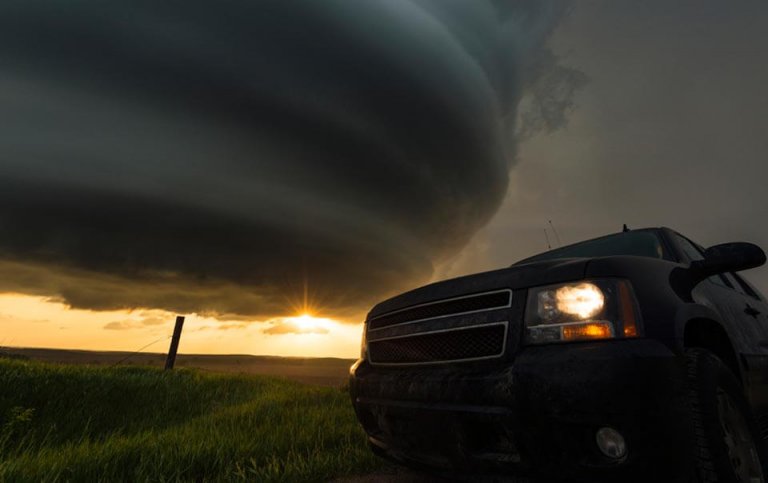
Tornadoes
- Do not drive during tornado conditions. Tornadoes can easily lift vehicles into the air and fling them considerable distances. However, if you are already driving when the conditions begin, then...
- Do not attempt to drive away from a tornado. They can change speed and direction very quickly. It is much safer to abandon the vehicle and get as low as possible, preferably into a ditch or other area below ground-level. Some forms of severe weather can be driven in, but tornadoes are not one of them.
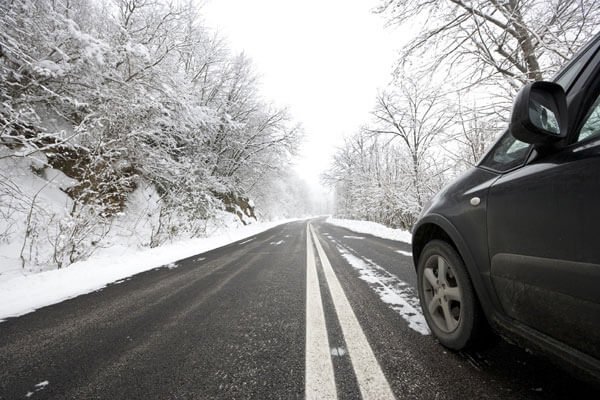
Winter Weather
- Ice can make it difficult to see, so clean the windows. Do not use hot water to melt the ice; it may re-freeze. Instead, use a scraper or defrosting chemical, and heat the inside of the vehicle. This may fog up the windows, but they should be clear by the time you begin driving.
- Remember that snow and ice can make gripping the road difficult, but you can drive only as fast as is safe. This may be only a few miles per hour. You may also have chains or studded tires that can help with driving on ice but it is best to assume they do not work perfectly and take the necessary precautions.
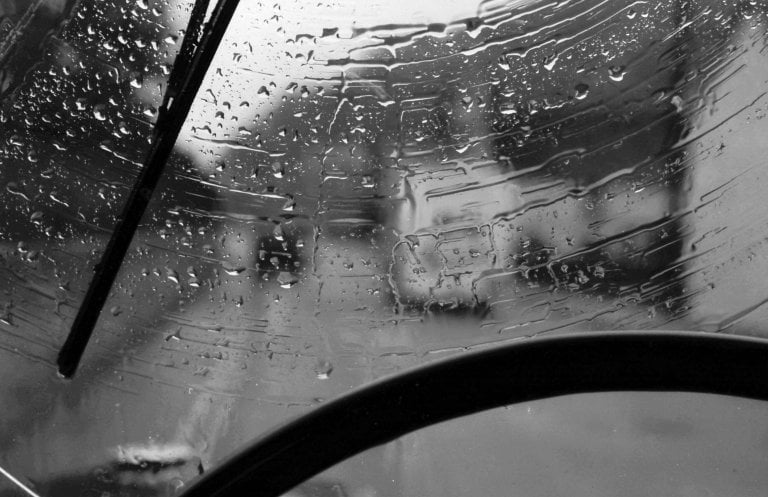
In All Circumstances
- Avoid downed power lines. You should always assume that the wire is live, and stepping on the ground near a downed wire can be extremely dangerous. If you have the contact information for your local electrical department, you may wish to inform them of the downed line so they can take care of it as soon as possible.
- During most forms of severe weather, turn on the radio when it is safe to do so. There should be an emergency channel that will provide information on where storms are headed, what areas are dangerous, and similar items that will be important to know.
